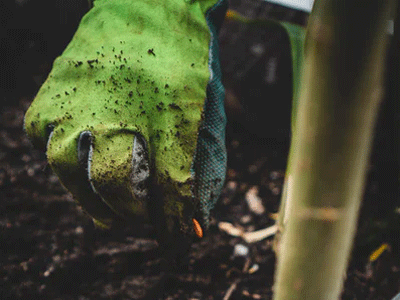The classification and function of protective gloves:
1. Insulating gloves for live working: gloves must have good electrical insulation properties. At the same time, it also needs good tensile strength and elongation at break, as well as puncture resistance, aging resistance, flame resistance and low temperature resistance.
2. Acid and alkali resistant gloves: This kind of gloves can be divided into rubber acid and alkali resistant gloves, latex acid and alkali resistant gloves, plastic acid and alkali resistant gloves, and dipped acid and alkali resistant gloves. Waterproof gloves and anti-toxic gloves can be replaced by acid and alkali resistant gloves.
3. Oil-resistant gloves: These products are made of materials such as nitrile rubber, chloroprene or polyurethane to protect the skin of the hands and avoid various skin diseases caused by oily substances, such as acute dermatitis, acne, and hair follicles. Inflammation, dry skin, chapped, pigmentation and nail changes.
4. Welder's gloves: personal protective equipment for protecting hands from high temperature, molten metal and sparks during welding. Welder gloves have strict appearance requirements. The first-class product requires the leather body to be uniform in thickness, plump, soft and elastic, with fine, uniform, firm, uniform color depth, and non-greasy. Second grade: The leather body lacks full elasticity, the leather surface is thick, and the color is slightly shaded.






